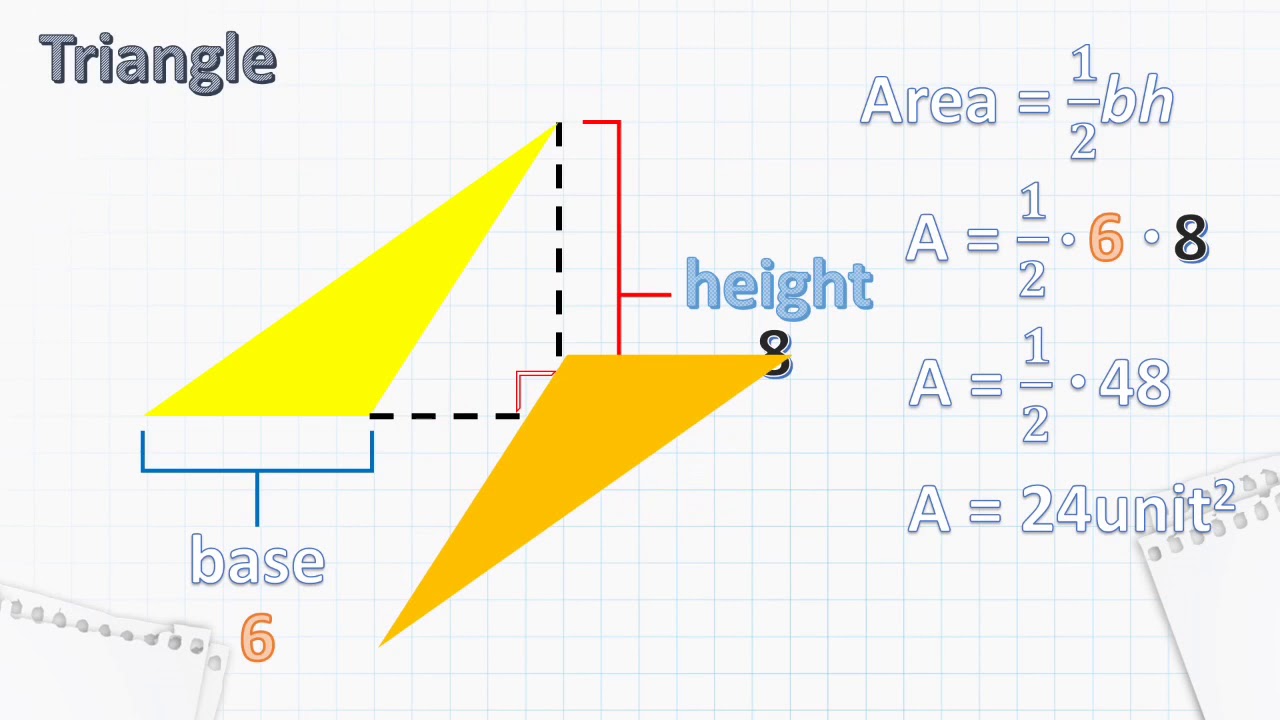
Calculating Areas of Geometric Shapes
Interactive Video
•
Mathematics
•
6th - 10th Grade
•
Hard
+2
Standards-aligned
Olivia Brooks
Used 9+ times
FREE Resource
Standards-aligned
Read more
10 questions
Show all answers
1.
MULTIPLE CHOICE QUESTION
30 sec • 1 pt
What is the primary method taught in elementary school for calculating the area of a shape?
Applying Pythagoras' theorem
Using a ruler to measure the sides
Counting the number of square units inside the shape
Estimating visually
Tags
CCSS.3.MD.C.6
2.
MULTIPLE CHOICE QUESTION
30 sec • 1 pt
Why are square units used in area calculation?
To measure the surface covered
To measure perimeter
To measure volume
To measure density
Tags
CCSS.3.MD.C.5A
3.
MULTIPLE CHOICE QUESTION
30 sec • 1 pt
What is the significance of right angles in calculating the area of polygons?
They reduce the area
They indicate the shape is a circle
They are necessary for calculating volume
They simplify the calculation
Tags
CCSS.3.MD.C.7B
CCSS.4.MD.A.3
4.
MULTIPLE CHOICE QUESTION
30 sec • 1 pt
What is the formula for calculating the area of a rectangle?
2 x (Length + Width)
Length / Width
Length x Width
Length + Width
Tags
CCSS.3.MD.C.7B
CCSS.4.MD.A.3
5.
MULTIPLE CHOICE QUESTION
30 sec • 1 pt
How do you determine the height of a parallelogram for area calculation?
It's the longest side of the parallelogram
It's the length of any side
It's the diagonal length
It's perpendicular to the base
Tags
CCSS.6.G.A.1
6.
MULTIPLE CHOICE QUESTION
30 sec • 1 pt
What does the 'height' in the parallelogram area formula refer to?
The length of the slanted side
The diagonal of the parallelogram
The distance perpendicular to the base
The length of the base
Tags
CCSS.6.G.A.1
7.
MULTIPLE CHOICE QUESTION
30 sec • 1 pt
What makes a triangle's area formula different from a parallelogram's?
It's double the parallelogram's formula
It's exactly the same
It involves the Pythagorean theorem
It's half of the parallelogram's formula
Tags
CCSS.6.G.A.1
Create a free account and access millions of resources
Create resources
Host any resource
Get auto-graded reports

Continue with Google

Continue with Email

Continue with Classlink

Continue with Clever
or continue with

Microsoft
%20(1).png)
Apple
Others
By signing up, you agree to our Terms of Service & Privacy Policy
Already have an account?
Popular Resources on Wayground

20 questions
Halloween Trivia
Quiz
•
6th - 8th Grade

25 questions
Multiplication Facts
Quiz
•
5th Grade

15 questions
Order of Operations
Quiz
•
5th Grade

20 questions
Halloween
Quiz
•
5th Grade

16 questions
Halloween
Quiz
•
3rd Grade

12 questions
It's The Great Pumpkin Charlie Brown
Quiz
•
1st - 5th Grade

20 questions
Possessive Nouns
Quiz
•
5th Grade

10 questions
Halloween Traditions and Origins
Interactive video
•
5th - 10th Grade
Discover more resources for Mathematics

21 questions
Convert Fractions, Decimals, and Percents
Quiz
•
6th Grade

20 questions
One step Equations
Quiz
•
6th Grade

10 questions
Halloween Trivia Challenge
Interactive video
•
6th - 10th Grade

20 questions
Slope from a Graph
Quiz
•
8th Grade

15 questions
Halloween Trivia
Quiz
•
9th Grade

14 questions
finding slope from a graph
Quiz
•
8th Grade

33 questions
Understand Integers and Their Relationships
Quiz
•
6th Grade

15 questions
Equivalent Ratios
Quiz
•
6th Grade